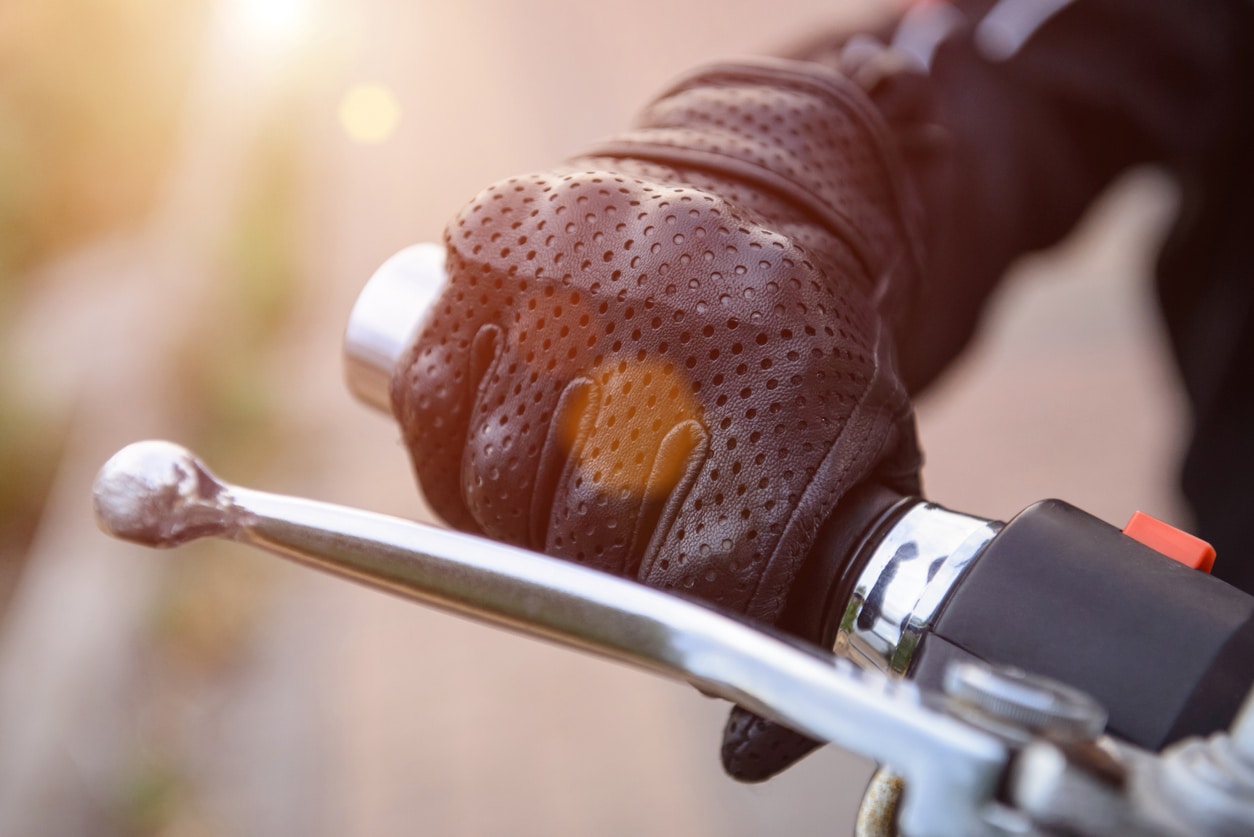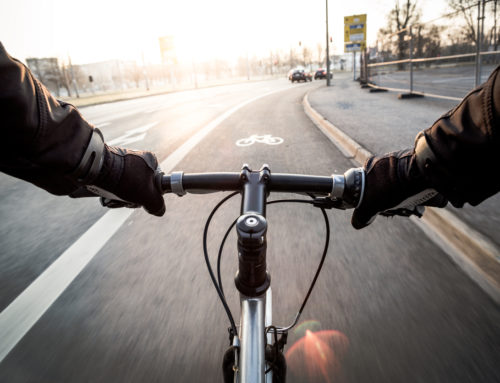Covid-19 provided an unexpected boost to cyclists. Locked down, people everywhere sought other means to exercise and take care of essentials while socially distancing. In large cities, public transportation was halted during the lockdowns. This meant that many had to find another way to get around.
Cycling Provides Solutions to Covid-19 Problems
Cycling, always an effective method of exercise, was also now a means to pick up items at the store or pharmacy. Emergence from lockdown has firmly strengthened people’s resolve to continue to find ways to maintain social distance while returning to everyday activities. What is clear is that people are looking for alternatives to mass transit which is seen as less safe during the Covid-19 crisis.
Covid-19 Lockdowns and Cleaner Air
Covid-19 lockdowns also saw cleaner air quality in urban areas worldwide. This unexpected outcome of lockdown could easily be reversed by returning to normal traffic patterns.
Communities worldwide are looking for ways to foster cleaner air and battle climate change. Increased walking, cycling, and use of electric micro-mobility vehicles such as electric scooters are all methods increasingly being used as an alternative. Reducing or eliminating fossil fuels helps to clean the air.
Increased Cycling Means Increased Infrastructure
In response to the public’s increased use of micro-mobility methods, communities are coming to grips with the need to protect increasing numbers of pedestrians, cyclists, and those using electric scooters and the like. This means better infrastructure.
The cycling community is embracing the opportunity to increase infrastructure to enhance safety.
Cycling is increasing. From big cities to smaller towns, communities across the United States are seeing more cyclists on the roads. This is mirroring global patterns as well.
Slow Streets, Popup Bike Lanes, More Permanent Infrastructure
The Slow Street movement began in California as a way for people to get out and exercise. Oakland, California closed 10% of its city streets to motor vehicle traffic.
Other surrounding communities have followed suit. This shared space idea is modeled after Vienna’s shared zones for cyclists and pedestrians. Though not a permanent solution, shared space zones are able to be set up quickly.
Other communities are setting up increased numbers of popup bike lanes. Berlin, Germany and Lima, Peru have both set up popup lanes. These bike lanes can be set up in as little as 10 days. They use vertical posts, humps, and painted signage to create 2-way bike paths. Prioritizing bike paths that connect people to services is an important component in developing these bike paths.
Along with increased temporary infrastructure, Lima authorities have engaged in an educational program for cyclists and non-cyclists to raise awareness and safety for cyclists. Community police officers are now also cycling as part of their job.
As communities begin to recognize the benefits of cycling and cycling infrastructure to individuals, the environment, and the community at large, it is a small step to make the temporary permanent.
Temporary bike lines can be improved by using stronger materials. If the bike lanes are there, it is certain that people will use them.
Car-free zones once established are easily recognized and respected by communities. Slow Streets are easily sectioned off, making the areas easily accessible to pedestrians and cyclists. The infrastructural change is inexpensive and easily implemented.
This opportunity to implement real change in our communities may be one of the most important silver linings of the Covid-19 pandemic. We need to take advantage of this opportunity to implement an infrastructure that will enable greater safety. Communities will respond once they see the response from cyclists and pedestrians. “If you build it, they will come.”
For more information, see our benchmarking report or contact us.



Leave A Comment